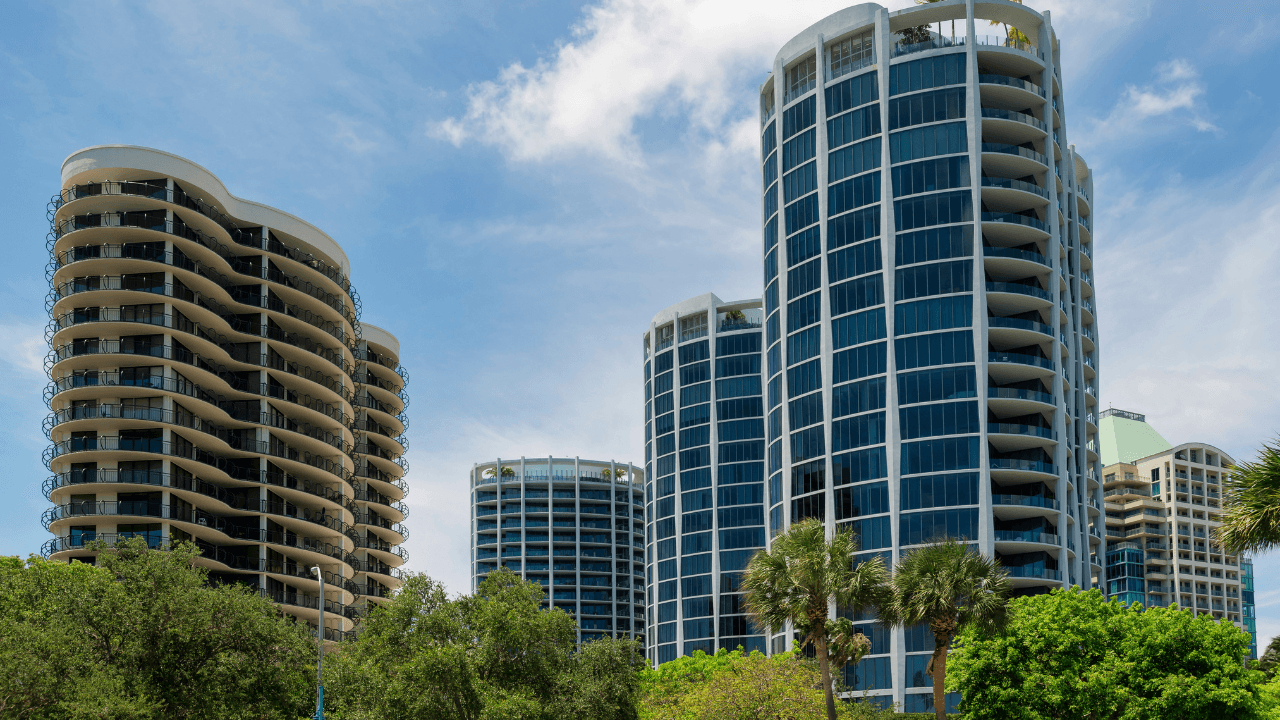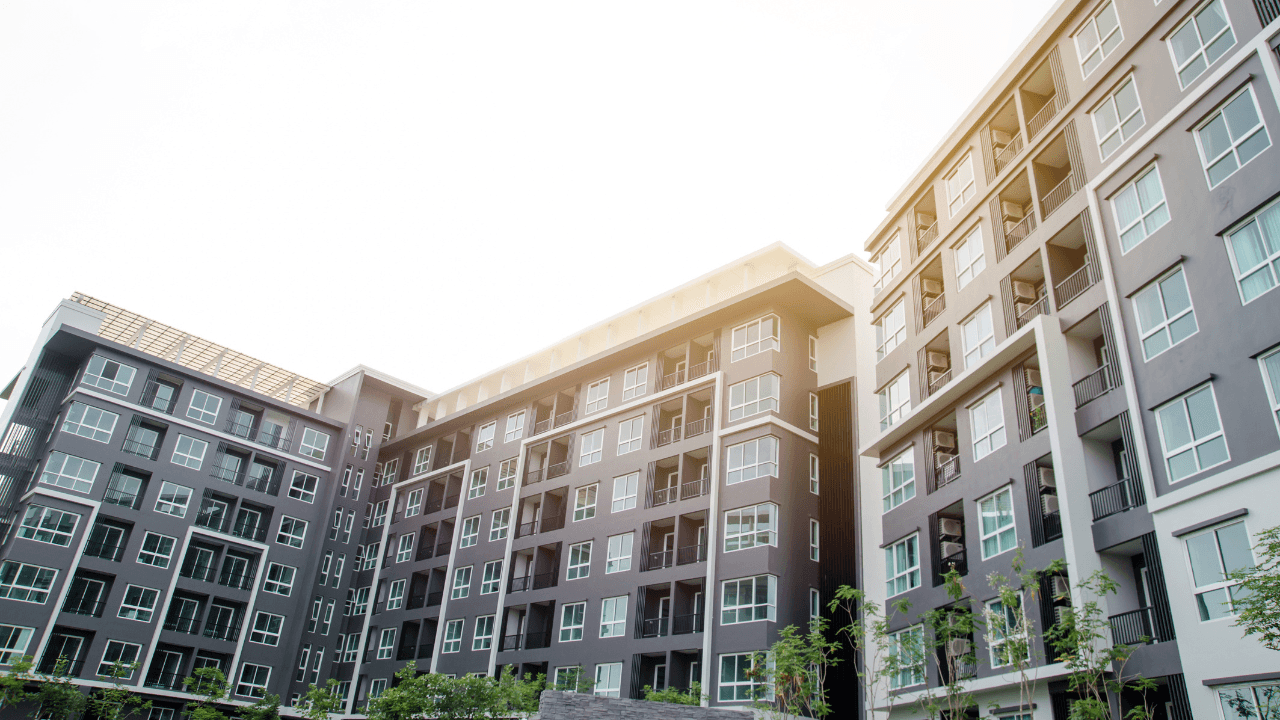
The Three Types of Apartment Buildings
If you’re new to the multifamily investing world, you’re in the right place.
Looking for your first multifamily deal? Multifamily buildings have different types or classes of investments.
Each of these classes has its own benefits and risks. It's important to know these differences so you can make decisions that are aligned with your investment strategy. And referring to the different classes by name will allow you to communicate effectively with brokers, lenders, and other investors.
So let’s get right into the first type…
Want access to our all-in-one-access for training, resources, ebooks, and systems on how we approach buying your first apartment building deal?
Click here to get FREE and instant access to the https://realestateempire.co/
Class A Housing
Class A properties are the Rolls-Royce of the apartment types. They represent the highest quality properties on a market, so naturally they’ll have the best curb appeal, highest quality infrastructure, and the finest construction.
Let's go over the characteristics, benefits, and risks of these properties:
Traits
Since these are the highest quality properties, they attract high-income tenants and often have the highest occupancy rates, which makes sense. If you have the funds to live in the best of the best, why wouldn’t you?
Class A properties are normally built within the last 10 years, so they’re relatively new. This means the appliances are newer, the exterior and interior normally don’t need as much renovation, and they need less maintenance.
Another characteristic of Class A housing is the amenities. Luxurious amenities like a fitness center, outdoor/indoor pool, meeting area, or even cafes are available for use by the building residents,
Benefits
So what are the advantages of investing in Class A?
From a risk perspective, Class A properties are one of the safest classes to invest in. They’re considered safe because they’re generally located where people want to live – near universities, major employers, hospitals, or other desirable places.
They're also considered safe because of their condition, since these buildings are normally less than ten years old.
Of course, as with any other investment, there is associated risk.
Risks
The biggest risk in investing in Class A properties is the potential for oversupply.
As the market increases during real estate cycles, so does the price of land and construction costs. As land values increase, the only way to make deals “pencil” (to make a deal profitable) is to assume they will yield Class A type rents.
Over time, developers find themselves needing to build Class A apartment buildings to stay in business. This leads to oversupply and rent depreciation when the market turns downward.
They can also be risky during boom times, since the high income tenants living in these apartments now have the time and money to purchase their own housing. The result? Tenants move out because they have their own house.
The biggest thing to remember is that Class A is synonymous with high quality. With that comes high costs, high income tenants, and low risk, most of the time. Even with the potential for oversupply, because of the high income tenants, you should have steady rents coming in every month.

Class B Housing
Class B housing is a bit lower in quality compared to Class A properties. They can be slightly older than those of Class A, but still attract good tenants and property managers.
Tenants will have closer to average incomes compared to those in Class A apartments.
Traits
The exteriors and interiors are good quality, but not quite the quality of buildings in Class A.
Class B is generally good quality construction for being built within the last 20 years and shows little deferred maintenance.
But since they’re older than most class A buildings, the maintenance costs tend to be a bit higher, too.
You might find some chipping paint, roofs that need to be shackled, or finishes from the early 2000s. Whatever it is that needs to be updated, you'll want to make sure to work the additional costs into your investment plan.
Because the buildings are older, they normally have fewer amenities and therefore command lower rents than class A, but they still attract quality, stable tenants.
Benefits
Class B is one of the best classes to invest in for investors. They’re not as fancy as Class A, but that means they're more affordable for the average investor.
And Class B properties are often viewed as value-add investments, which means you have the potential to increase the value of the property.
With the right upgrades, you could actually raise a Class B building to a Class A and demand higher rents.
Class B properties are also known for being very stable throughout ebbs and flows of the market, because of the affordable living and the stable incomes of the tenants.
But just like the previous class, Class B has its risks, too:
Risks
For Class B, it’s the risk of competition. If an influx of new Class A properties hit the market, the existing Class As could be bumped down to Class B, creating a bunch of new Class Bs to compete with, and these new Class Bs will have almost all of the qualities of Class As.
So, you'll have the challenge of attracting the right tenants without the amenities or location the new Class Bs have.
Some Class B properties were once Class A, but as they aged and some of the maintenance was put aside. They may be a little worn, but are still attractive and capable of bringing in tenants.
Think of Class B properties as retiring professional athletes. At one point, they were top class. They’re still incredibly talented compared to the average person, but not quite what they used to be.

Class C Housing
Class C is the last classification of multifamily buildings, and as you’ve probably guessed, it’s a big step down from the previous two classes.
Traits
They often sit in less-desirable locations and lower-income neighborhoods. Those who live here normally do so because it’s the only affordable solution.
In most cases, Class C properties are older than 20 years, so you can expect most of them to be rundown and in need of extensive renovation.
Some Class Cs have no amenity package and their interior/exterior is dated or ugly. The majority of appliances are original, meaning that they still have the stoves and refrigerators that were installed when the building was first constructed.
Because of all of this, Class C is underpriced compared to the two other classes, which makes them the most affordable of the bunch, if you don't include renovations and other investments – things like finding and hiring a property management company or landscapers to make the property more attractive.
Benefits
Some investors see Class Cs as an opportunity for redevelopment, similar to the value-add component of Class Bs. They hope to buy a Class C property and through renovations, turn it into a money-making deal.
This could require a huge effort, however, to renovate, find the right property manager, and attract tenants.
So, as you can see, Class C’s have unique issues, and with that comes risk.
Risk
Most of the risk of investing in Class C buildings centers around the quality of the tenant pool. These tenants typically have lower incomes and are at the highest risk of not paying rent. If they can’t pay rent, you’ll likely have to evict them, which is less money for you and less money for renovations.
You will need to attract new tenants, and this can be difficult if your property is dated and in need of repairs.
Basically, the risk boils down to this:
Class Cs sit in less economically developed areas and have tenants with difficult financial situations. The cost of repairs and maintenance could be more than you’re willing to put up with.
This is not to say that all Class Cs are rundown or horrible buildings.
I’ve seen and invested in some that are simple and well-kept. It just depends on what market you’re looking in.
Before you go, there are three things I want you to consider:
- Class A is the most expensive of the three classes, but also has the least risk.
- Class B has equally little risk and is more affordable.
- Class C costs the least upfront, but you have to be ready to put a lot of money into the property before it will be profitable.
This is the foundation of the three different multifamily classes that you can build on as you gain more experience.
Use that foundation as a stepping stone to do your own research and decide which property class is the best for you to invest in.